4 Ways To Deal With Emotions and Stress
When we face difficult situations, it’s often the case that we register that difficulty via different cues, which are often automatic, in the body and mind. At a physical level we might notice a contraction or bracing within the body or some kind of “gut feeling”. On an emotional level, there may be one or several emotions that start to be experienced, and at a cognitive level, thoughts or a train of thought might start to accompany those felt emotions.
The way we perceive our situation will dictate how we react to it. And often it’s not the situation itself that creates our stress, but rather the story we tell ourselves about the situation. This can be explained via the analogy of “two arrows”. The “first arrow” to hit us is the stressor itself and this creates our initial sense of “pain”. This arrow we don’t have a great deal of control over. Some degree of pain in life is inevitable.
The “second arrow” is the story we tell ourselves about the “first arrow”. And this is where we tend to amplify the initial impact of the stressor by resisting our experience and/or allowing associated emotions and thoughts to hijack, if you will, our capacity for rational thought and reasoning. This is what really leads to our “suffering”. But the good news is that we do have some control over this “second arrow”. And science now tells us that it is possible to rewire the brain and to short circuit this process.
The first step is to find a way to create space and take a moment. This might be a conscious choice to take a deep breath, to physically step back or remove yourself from the stressor, or to otherwise create a pause which will allow you to reflect on the situation more objectively.
The second step is to bring awareness to any sensations in the body and mind and to activate your curiosity. What is it you feel in the body? What is that trying to tell you? What emotions and thoughts are coming up for you? What else is present?
Techniques to create a more mindful response as opposed to acting from a place of habitual reactivity.
1. Journaling
Journaling is a powerful way to get thoughts onto paper so that you can create a little distance in order to view those thoughts more objectively. It also allows the option to reflect at a deeper level, to explore multiple options related to a situation, and to broaden your perspective.
Journaling can be initiated in response to a relevant prompt or can be free-form in the moment. Try restricting the time you journal to under 5 mins to enable greater focus and allow your pen to flow across the paper without stopping.
2. Labelling
Another exercise you can try is to label your emotions. Getting really specific about your emotional experience is known as emotional granularity. This ability leads to a better understanding of your experience and ultimately allows us to better respond to our emotions rather than react to them. For instance, we might consider ourselves to be “angry” but anger can sometimes be a cover for jealousy, humiliation, or frustration. But we wouldn’t attempt to soothe ourself of jealousy in the same way as for humiliation so without this level of granularity, any attempt to provide comfort is not likely to hit the mark.
3. Mindfulness
Creating space through meditation can be a really useful way to cultivate tolerance and self-kindness, practice non-judgement, and to see the world through new perspectives. The R.A.I.N. meditation is a short pocket practice that can help with this. It invokes an analogy of transient weather patterns and an understanding that just as rain will give way to sunshine at some point, so too will our emotions come and go. This practice allows us to Recognise an emotion is present, to Acknowledge or Accept it, to Investigate how it feels in the body with a sense of curiosity, and lastly to practice Non-identification with the emotion. Much like we might watch the rain falling outside the window of our home, can we learn to observe our emotions in the same way?
4. Talk it out
Confiding in a coach, therapist, or trusted friend is another option for helping to process emotions and stress. The benefit of this approach is to seek alternative perspectives and to challenge your perception of the situation. Having the right questions asked of you in a non-judging space, can help to deepen your understanding of the situation, and yourself, and to perhaps come to alternative conclusions.
If you’re looking to understand more about the impact of perception and emotions on stress, how to avoid common thinking traps, or how to cultivate a growth mindset, then why not try our immersive and experiential signature programme The Inside Track? Book a free taster session to learn more.



